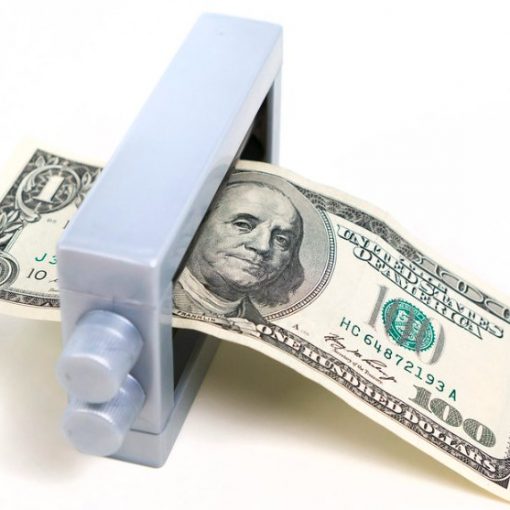 Author: Charles Sizemore
Author: Charles Sizemore
Covestor models: Sizemore Investment Letter and Tactical ETF
Disclosure: Long COH, DEO, BID
Monday’s edition of the Financial Times had two side-by-side headlines that were telling:
“Earnings Growth Falters for S&P 500”
“Art Market Bucks Gloom to Leave Equities Trailing Again”
In a year in which the S&P 500 returned nothing and earnings growth began to decelerate, the “art market” as measured by the Mei Moses All Art Index enjoyed an 11 percent gain in 2011. Not too shabby, given the kind of year that 2011 was.
Before we go any further, I should make something clear: I do not recommend fine art as an investment for a couple critical reasons. First, if you think that the “big boys” in the stock market enjoy insider information advantages that the rest of us don’t get, then imagine how much bigger the advantages are to insiders in the art world. It’s a thinly-traded market dominated by a relatively small number of expert opinion makers and wealthy patrons. That’s not a game many investors can win.
Second, unless you have a bottomless wallet it is impossible to achieve anything resembling portfolio diversification. Unlike the average publicly-traded company, which should generate profits and dividends over time, the average piece of art has little investment value. Nearly all of the “market cap” of the art market is concentrated in the works of a small number of well-known names. A good stock value investor can dig around and potentially find a great, overlooked company that will generate market-beating returns. But unless they actually own a gallery and can thus create their own demand, an art “value investor” is not likely to have the same success.
But while I dislike art as an investment vehicle, I am very interested in the underlying macro trends driving its returns, because they are precisely the same themes I follow in the Sizemore Investment Letter: the rise of the global nouveau riche and the rise of the emerging market consumer.
As the Financial Times noted, “The performance of the [art] index was led by a strong contribution from traditional Chinese works, which rose 20.6 percent in 2011, as Chinese investors sought to repatriate cultural assets that had been sold to Western investors.”
China is a virtual sponge that absorbs and incredible amount of the world’s luxury goods. China is already the number one market in the world for the Mercedes S-Class, and China is a primary source of growth for fashion houses and premium spirits as well. And China is not the only game in town. Latin America, Russia, and the Arab world also have seemingly insatiable appetites for all things luxury. This surge in demand from emerging markets was my rationale for recommending Coach (NYSE: COH) and Diageo (NYSE: DEO), and I continue to recommend both today. And while I don’t like art as an investment, I do rather like the publicly-traded auction house that sells it: Sotheby’s (NYSE: BID).
By and large, luxury-themed stocks tend to have high margins and conservative balance sheets. They also enjoy a well-heeled clientele that tends to be relatively isolated from the economic concerns of the common man (see “Tiffany, Wal-Mart and the Two Americas”). And if the global financial system manages to avoid any major blowups, luxury-themed stocks may prove to be one of the best-performing sectors of 2012.




